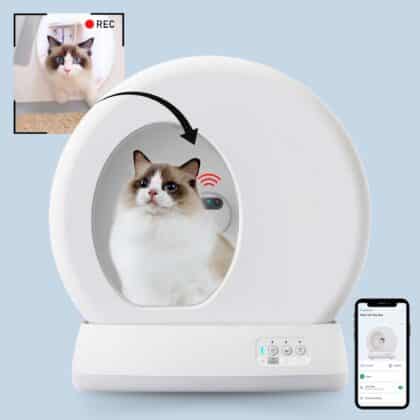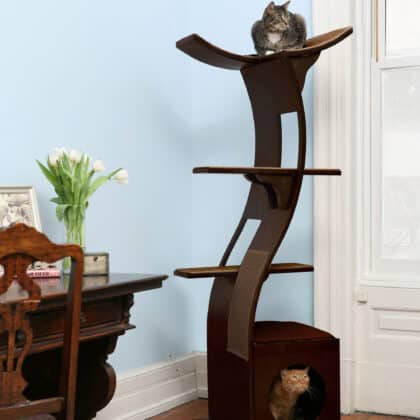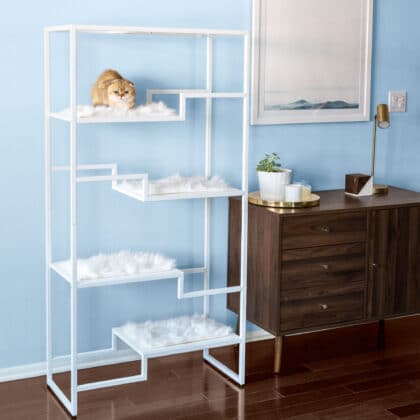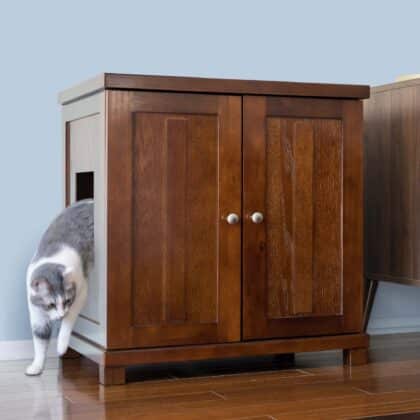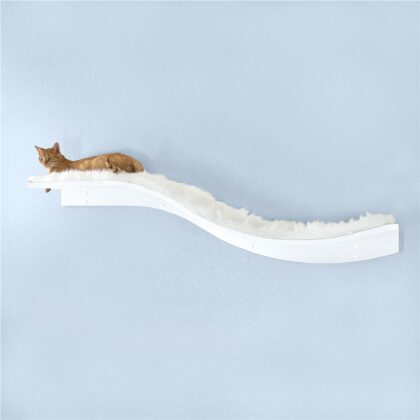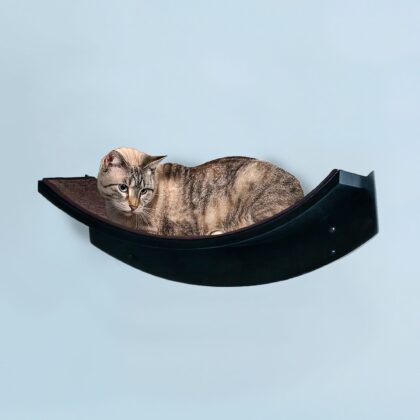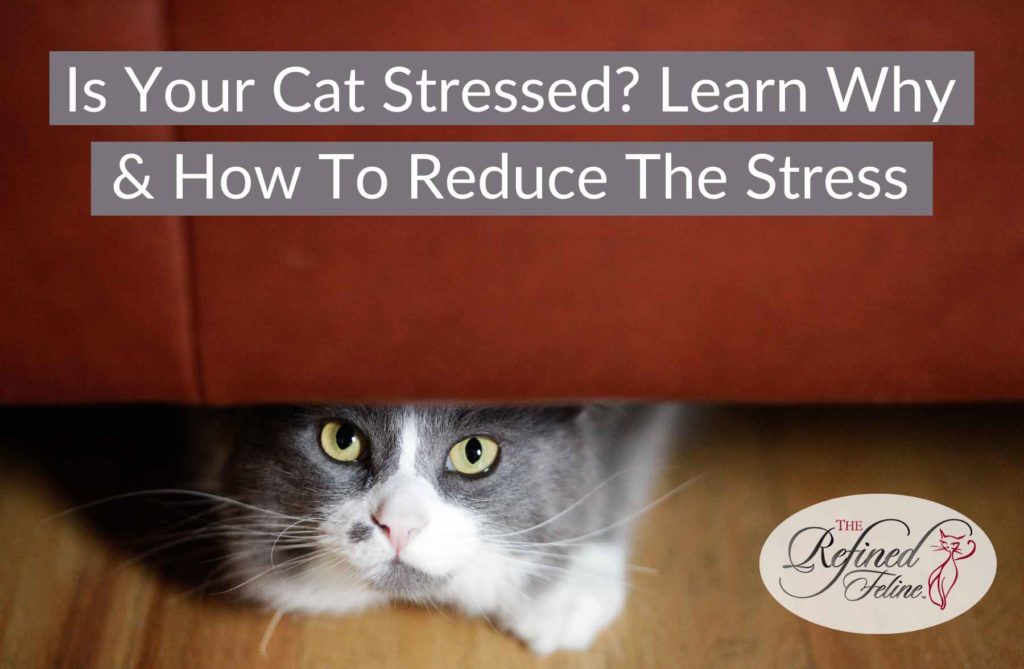
Is Your Cat Stressed? Learn Why & How to Reduce the Stress
Cats, similar to us humans, can experience stress. There are various types of stressors that can impact their overall health and well-being. In this article, The Refined Feline will discuss the three most common types of stressors that cats can face and how to identify and manage them.
3 Common Stressors For Cats
Environmental Stressors
Environmental stressors are external factors that can cause stress in cats. These stressors can include changes to their living environment, such as moving to a new home or the addition of new family members or pets. Cats are creatures of habit and routine, and any changes to their environment can be quite stressful for them. Other environmental stressors can include loud noises such as thunderstorms, construction, or fireworks. If a cat feels threatened or scared, they may hide or become aggressive, leading to further stress.
One way to manage these types of stressors is to provide your cat with a safe and secure space where they can retreat when they feel overwhelmed. This can be a cozy cat tower in a quiet room or a covered cat bed. Additionally, introducing new changes to their environment gradually can help ease their anxiety. For example, if you are moving to a new home, try to bring familiar items with you, such as their bed, toys, and litter box. This can help to make it an easier transition. It’s also a good idea to provide plenty of hiding spots and cat wall perches where your cat can feel secure and observe their surroundings.
Physical Stressors
There are also physical stressors, which are related to a cat’s physical health and can include anything that causes discomfort or pain. This can range from injury or illness to poor nutrition or dehydration. Cats that are overweight or underweight can experience physical stress due to the strain on their joints or organs. Physical stressors can also be related to grooming habits, such as matted fur or ear infections.
Making regular vet visits can help identify and manage these physical stressors in cats. If your cat is showing signs of discomfort, such as decreased appetite or lethargy, it’s important to seek medical attention as soon as possible. Additionally, maintaining a healthy diet and grooming routine can help prevent physical stressors from occurring.
Behavioral Stressors
Let’s not forget about behavioral stressors. These are related to a cat’s social interactions and can include anything that causes anxiety or fear in their daily interactions. This can include interactions with other animals or humans, as well as changes in their routines. Cats that are not socialized properly as kittens or have had traumatic experiences with other animals or humans can experience behavioral stress. Additionally, cats that are left alone for long periods or do not receive enough stimulation can become anxious or depressed.
Managing behavioral stressors in cats can be challenging, but can be accomplished with patience and consistency. Socialization and training can help your cat feel more comfortable around other animals and humans. By providing toys and interactive playtime, you can help alleviate boredom and anxiety. Additionally, providing a routine and structure to their daily activities can help in reducing stress and anxiety.
Related: Checklist: Leaving Your Cat Home While on Vacation
Products to Help Relieve Stress in Cats
Pheromone Diffuser
There are a variety of products on the market that are designed to help reduce stress for cats. One popular option is a pheromone diffuser, which emits synthetic versions of the calming pheromones naturally produced by cats. These diffusers can help to create a calming environment for cats, particularly in situations where they may be experiencing environmental stressors.
Calming Collar
Another product that may be helpful for reducing stress in cats is a calming collar. These collars are infused with things such as lavender and chamomile, which can have a calming effect on cats. Some calming collars also release pheromones to further promote relaxation.
Stimulating Toys
In addition to pheromone diffusers and calming collars, there are a variety of other products available to help reduce stress in cats. These may include toys designed to provide mental stimulation and relaxation, such as puzzle feeders. Some pet owners may also find success in using music or white noise machines to create a soothing environment for their cats.
It is important to note that while products can be helpful in reducing stress for cats, they should be used with other stress-reduction techniques. Try techniques such as creating a calm and secure environment and providing adequate resources for the cat’s needs. As always, it is important to consult with a veterinarian if you have concerns about your cat’s stress levels or behavior.
Reduce Your Cats Stress With These Tips
Cats can experience stress due to a variety of factors, including environmental, physical, and behavioral stressors. Being able to identify and manage these stressors is essential to ensure your cat’s overall health and well-being. By providing a safe and secure environment, regular vet visits, and socialization and training, you can help your cat reduce their stress levels. With proper care and attention, your cat can lead a happy and healthy life. Happy cat, happy life!


